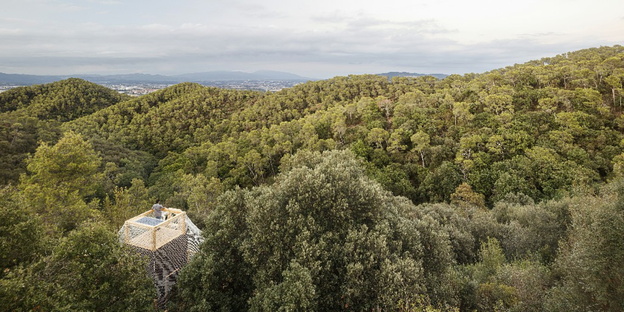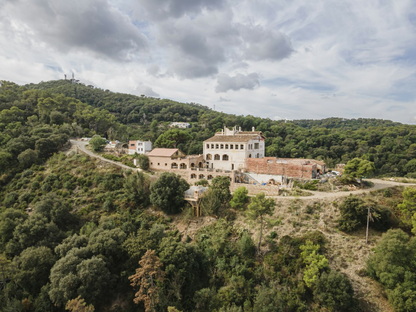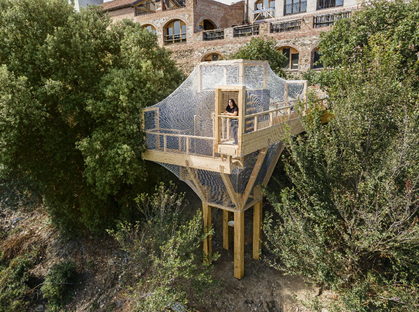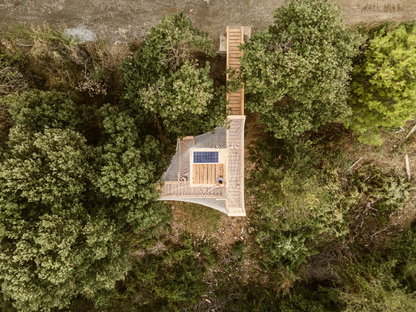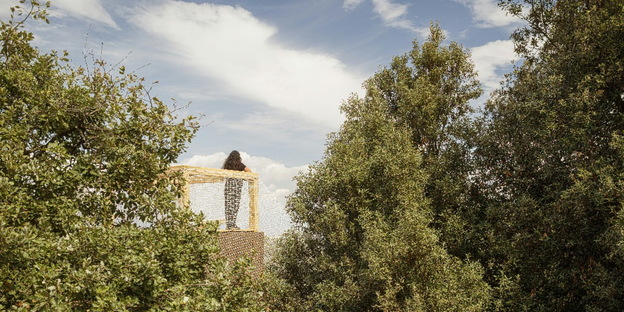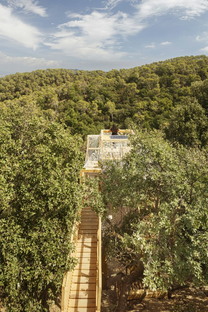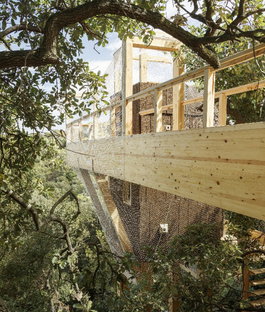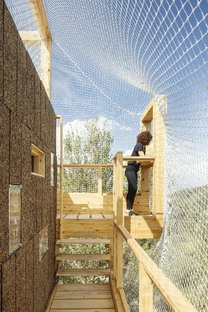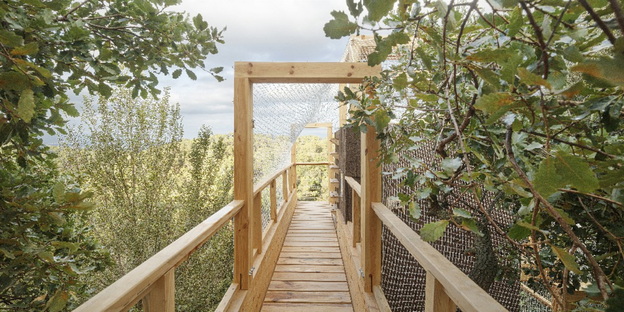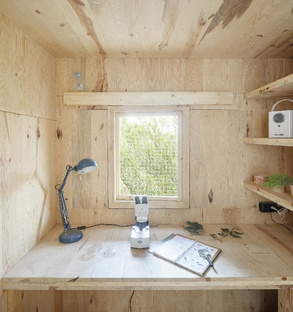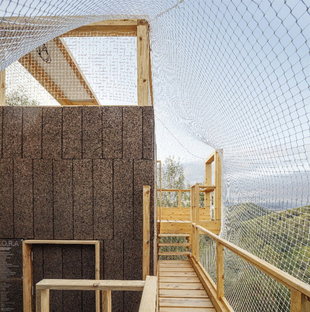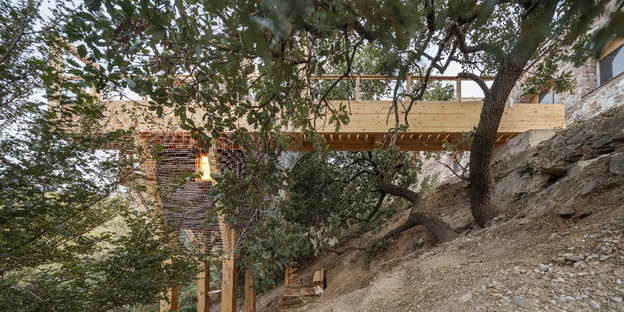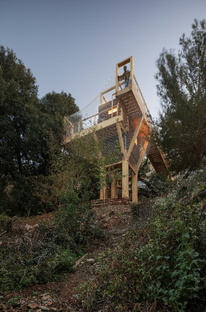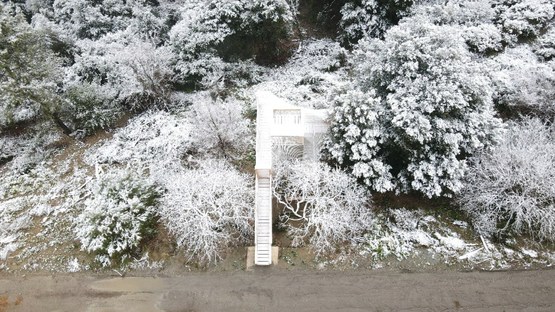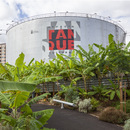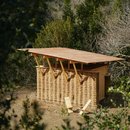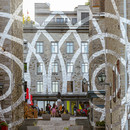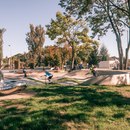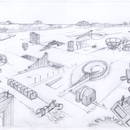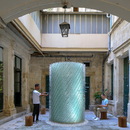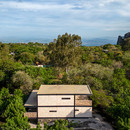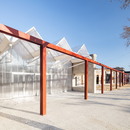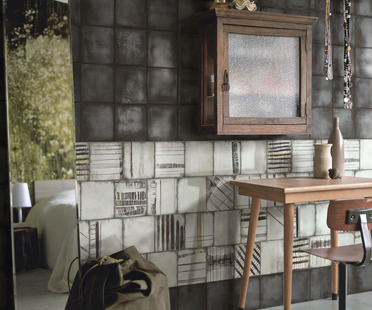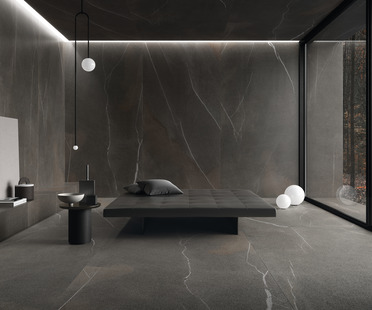10-05-2023
IAAC builds FLORA, an observatory in the Barcelona forest
IAAC,
Architecture and Culture, Installazioni,
Wood,
- Blog
- Sustainable Architecture
- IAAC builds FLORA, an observatory in the Barcelona forest
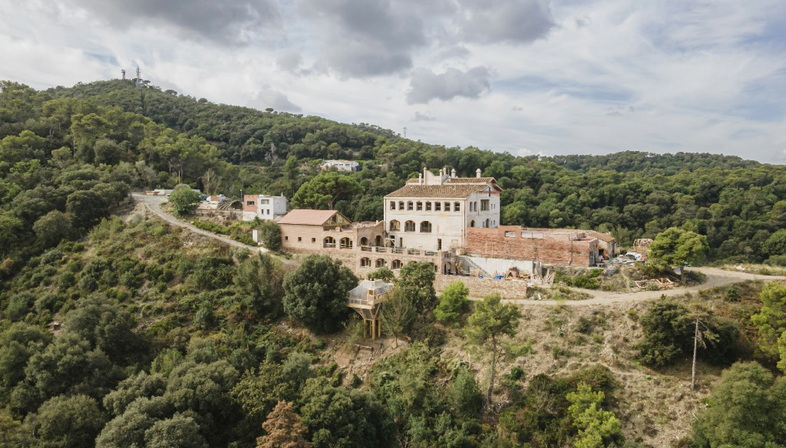 Once again this year the Institute for Advanced Architecture of Catalonia (IAAC), the research, training, production and communication centre located in Barcelona, has created a tangible structure in Valldaura, in the central forest of the Barcelona metropolitan area, the Collserola Natural Park, through its Master’s in Advanced Ecological Buildings and Biocities (MAEBB) programme. With an area of more than 8,000 hectares (seventeen kilometres long and six kilometres wide) and its highest peak (Tibidabo) standing at 512 metres, the Collserola Natural Park is an essential green outlet for those living in Barcelona and the surrounding cities. The small architecture of the observatory standing among the treetops was built minimising the environmental impact of the intervention and putting into practice the results of the research carried out.
Once again this year the Institute for Advanced Architecture of Catalonia (IAAC), the research, training, production and communication centre located in Barcelona, has created a tangible structure in Valldaura, in the central forest of the Barcelona metropolitan area, the Collserola Natural Park, through its Master’s in Advanced Ecological Buildings and Biocities (MAEBB) programme. With an area of more than 8,000 hectares (seventeen kilometres long and six kilometres wide) and its highest peak (Tibidabo) standing at 512 metres, the Collserola Natural Park is an essential green outlet for those living in Barcelona and the surrounding cities. The small architecture of the observatory standing among the treetops was built minimising the environmental impact of the intervention and putting into practice the results of the research carried out. 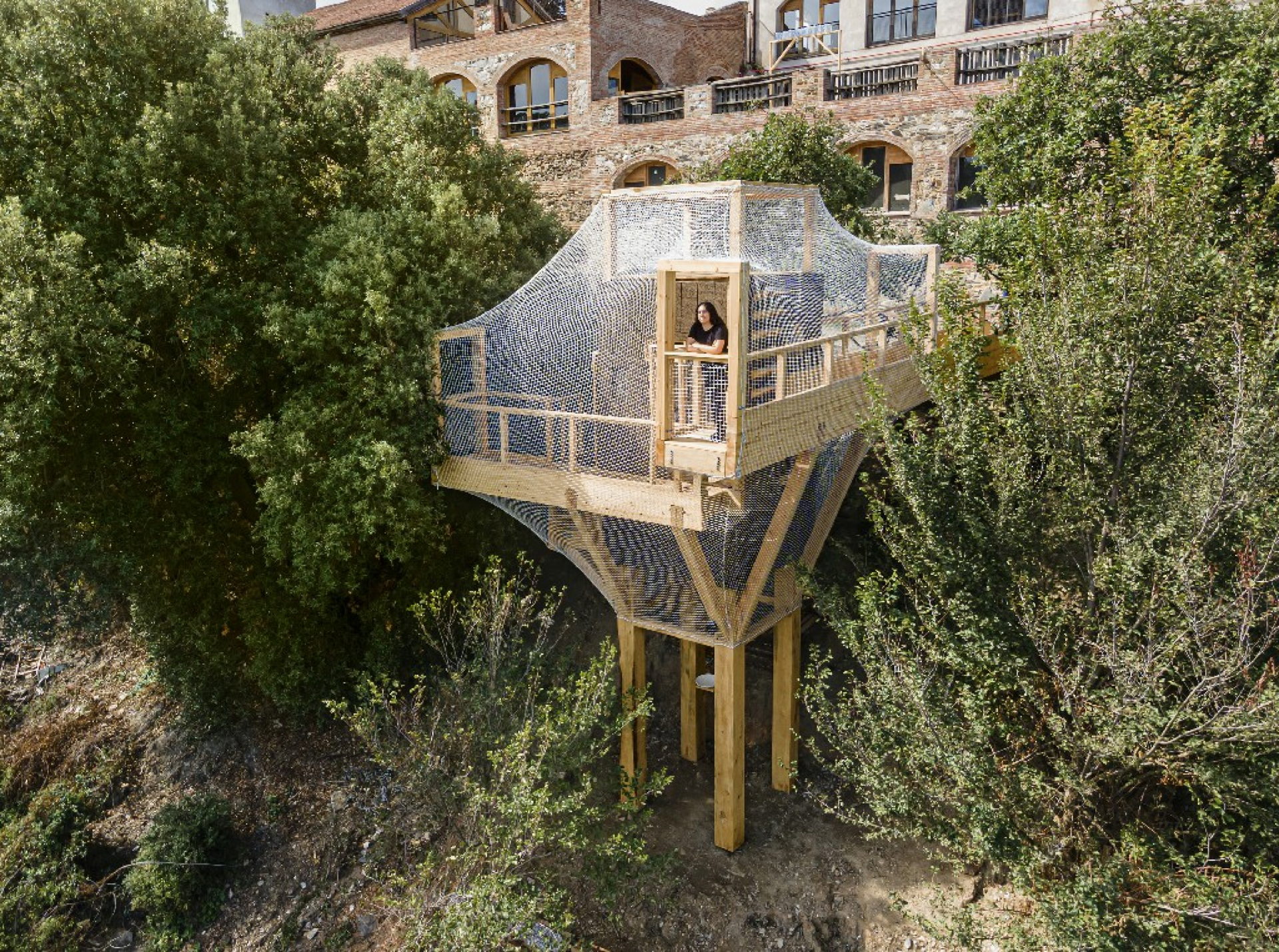
In fact, it would almost be more correct to speak of an installation, as the structure is a tribute to the work of American biologist Margaret D. Lowman and her hanging catwalks, pioneer of the science of forest canopy ecology. Known as "the mother of canopy research", Lowman spent the last 30 years designing hot air balloons and walkways to explore tree canopies in order to solve the mysteries of the world's forests, particularly those relating to pests and the health of the forest ecosystem. Because a great diversity of animals tends to live in the habitat formed by treetops. The canopies protect the forest floor intercepting and promoting the percolation of 60 to 90% of rain or snow water into the soil, while acting as a natural regulator to help preserve the roots in the event of heavy rainfall. In addition, they nourish the soil by producing humus with their leaves to maintain its fertility.
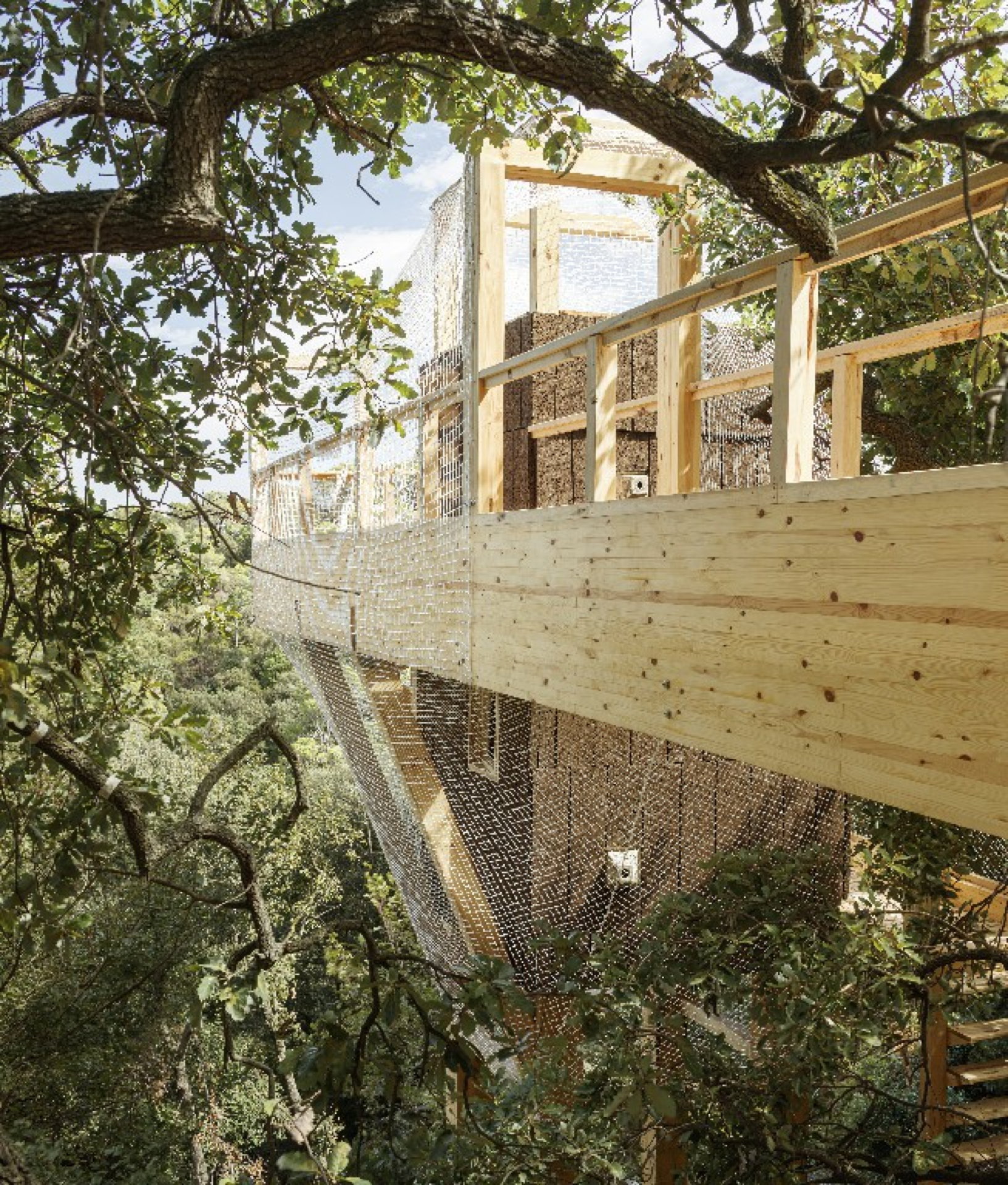
In the specific case of FLORA, an acronym for Forest Lab for Observational Research and Analysis, which stands 8.5 metres above the forest floor, the main building material used for the structure is timber. But not to worry, the trees cut down for the construction of the observatory – 70 in all – are pine trees of an invasive species whose removal is part of sustainable management to allow the forest and the biodiversity it hosts to develop efficiently. An approved Sustainable Forest Management Plan is, in fact, in place in Collserola. Moreover, considering the importance of the practical approach adopted, the students processed the harvested pines to create cross-laminated timber (CLT) panels, glulam beams and solid wood elements using the sawmill and the small CLT press available at the Valldaura workshops.
The CLT elements rest on four glulam timber columns measuring 30 x 30 cm, while the connecting walkways, the longest of which measures approximately 12 metres, are made of handcrafted glulam wood. All the components were made individually and then assembled using a crane in a very complex installation sequence. The CLT structure is protected by two layers of natural cork panels that provide thermal and acoustic insulation.
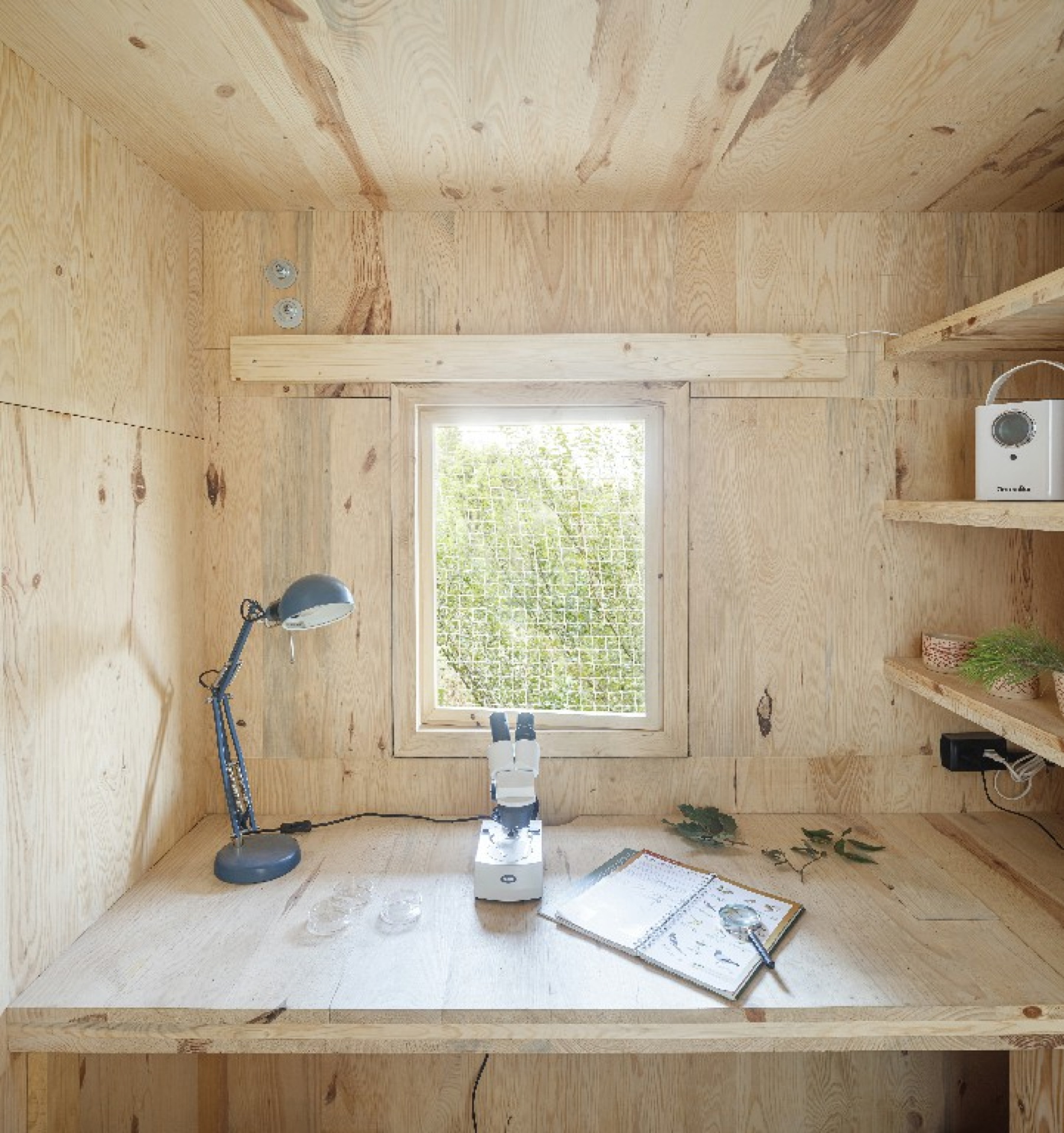
The use of netting which surrounds the observatory to better camouflage the project, providing support for the plants to spread along it and allowing the structure to blend even more with the forest, hiding it from the surrounding fauna, was designed digitally and then woven by hand.
FLORA offers short-term accommodations for a researcher to study local biodiversity and observe how the effects of climate change affect the Natural Park, limiting the environmental footprint as much as possible. A project that serves as an interactive ecological prototype that can be reproduced wherever conditions are suitable.
Christiane Bürklein
Project Direction: Vicente Guallart and Daniel Ibañez
Developed by: The students of the Masters programme in Advanced Ecological Buildings and Biocities (MAEBB), 2021/22 class:
Andrea Paola Rubio Paredes, Leif-Andres Vallecillo Riksheim, Lillian Wanjiru Beauttah, Pablo Rafael Herraiz García de Guadiana, Prachi Agarwal, Rachael Margaret Verdugo Pelaez, Romain Jacques Kenny Russe, Roshni Chirag Shah, Shagun Modi, Zani Kerubo Gichuki, Iletutu "Tutu" Ibiyemi Awosika, Kshitij Ramlal Sarote, Mónica Irene Pérez Rivera, Prasidh Choudhary, Agnieszka Szklarczyk, Pongpol Punjawaytegul, Suwapat Rodprasert, Anton Hofstadt
Host: Valldaura Labs. Institute for Advanced Architecture of Catalonia
Valldaura Labs Management: Laia Pifarré
Assisted by: Bruno Ganem, Alex Hadley, Gustavo Escudero
Advised by: Marziah Zad, Miquel Rodriguez, Elena Orte, Guillermo Sevillano, Ignasi Caus, Miguel Nevado
Sponsors: Tallfusta, Alberch, Heco Schrauben Ibérica
With the support of: Cerdanyola del Vallès City Council
Volunteer: Marilia Fernandez Lockwood, Philipp Wienkämper
Location: Valldaura, Spain
Year: 2022
Photography: Adrià Goula










